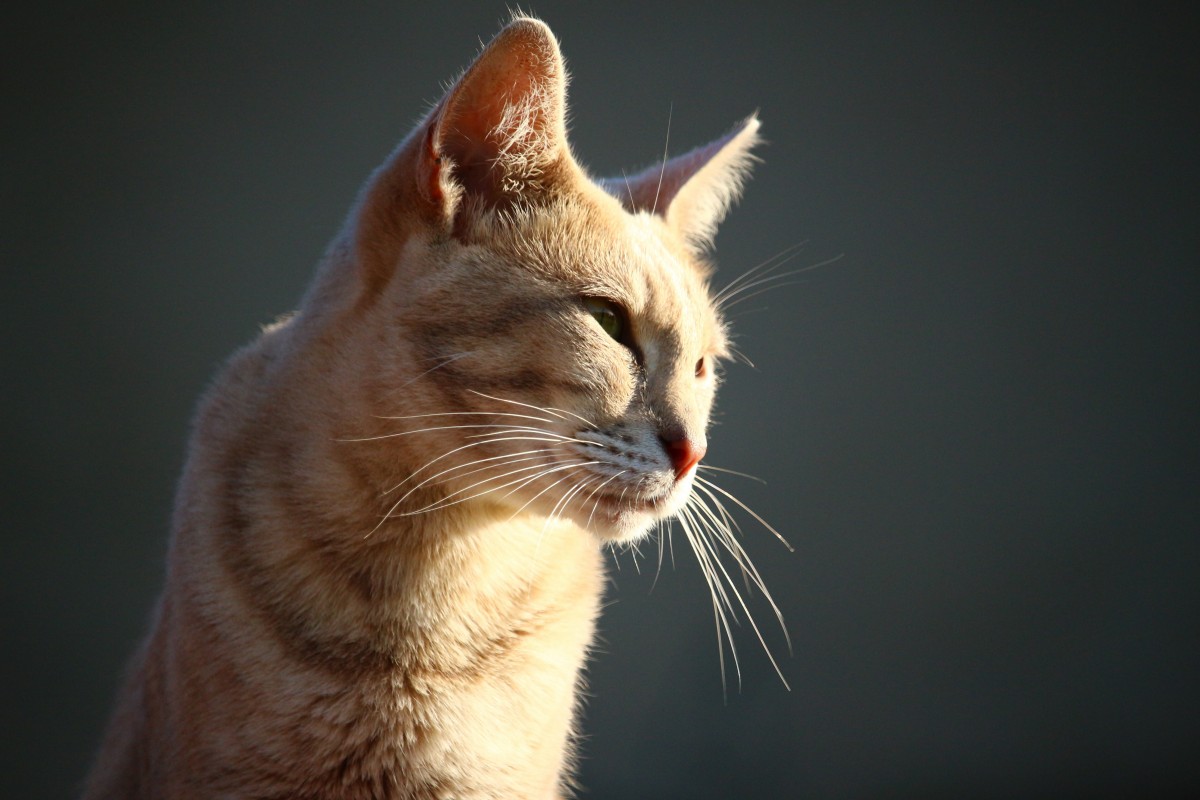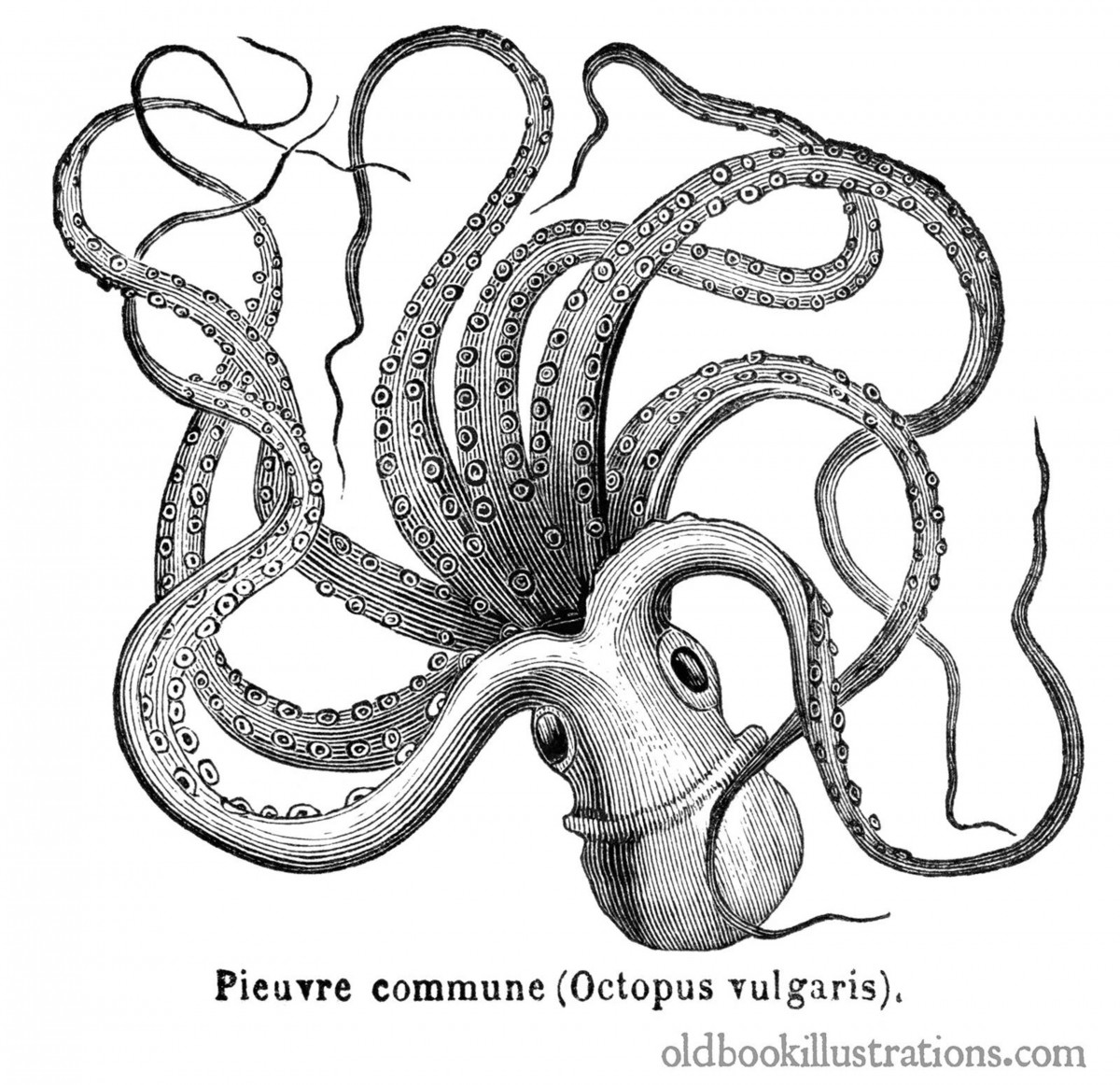
At first glance, there seem to be no two populations in today’s world more divergent than women religious and Millennials. But a new organization, dubbed “Nuns and Nones” (as in “none being Catholic”) is finding out that both groups can learn from each other, in one of the most time-tested ways — by living together in one community as roommates.
A six-month-long pilot project saw a group of young activists become roommates to a convent of Sisters of Mercy in the San Francisco Bay area. The “nones” felt called to public service, morality, and social justice, but were unsure of how to fully incorporate such devotion into their lifestyles. So they looked to the wisdom of the “radical, badass women” who are masters of the art.
“‘So many of the millennials would say, “I’m looking for rituals. I’m looking for rituals to work in my lesbian community or social justice or I need rituals for this other thing,’” Sister Carle said. One young woman wanted ritual so much that she started going to Mass every morning.”
And in turn, the sisters derived joy and growth from the new relationships the program fostered:
“Sister Janet Rozzano, 81, chose not to be involved with the young visitors at first, but they started using her kitchen.
‘I kind of got thrown into it,’ she said. ‘We just had so much in common to talk about.’
Sister Rozzano spends most of her time coaching her fellow sisters on their own journeys. Much of this now involves the challenges of living in an ageing body.
‘One of the challenges of ageing is not just to focus down on your aches and pains,’ she said. ‘And I feel like this called me back again to the bigger vision. And on a simple level, I overcame my fear of talking to younger people.’”
The experience of the Nuns and Nones is an object lesson, not just for participants (and there are non-cohabiting groups all over the USA), but for anyone in one group that needs to communicate with another. In short: everybody. I’m going to keep this fascinating community in mind as I navigate my business and personal relationships. Like many of us, I could certainly use a little generosity of spirit, contemplation, and “badassery” in my life.
In the Simpsons universe, everyone famously has only four fingers on each hand (the configuration is easier to animate). The sole exception is occasional guest star, God, who, as a deity, naturally has five fingers per hand. So, what does it mean when someone has six?
On The Simpsons, nothing: there is no character who boasts 12 total fingers. But in the real world, it means you could have some pretty special wiring in your brain. Researchers are looking at folks with polydactyly, whose extra fingers are fully-formed and usable, in an effort to upgrade the dexterity of those of us stuck with only ten digits.
The new study is groundbreaking, in that it looks at polydactyly as an advantage. (The condition is traditionally considered a birth defect, and extra digits, manipulatable or no, are frequently removed in infancy.) The University of Freiburg, Imperial College London, and the Université de Lausanne and L’Ecole polytechnique fédérale de Lausanne have joined forces to study how the human brain incorporates the experience of extra fingers.
Though the sample size is currently two (a 52-year-old woman and her 17-year-old son), it seems a good start: the participants tied shoelaces, played video games, and typed on a computer keyboard, then had their fMRI’s compared to non-polydactyl subjects or those with an extra finger.
“The researchers found that, like non-polydactyl fingers, the extra digits had their own dedicated tendons, muscles, and nerves, as well as extra corresponding brain regions in the motor cortex.
Polydactyl participants also performed better at many tasks than their non-polydactyl counterparts. For instance, they were able to perform some tasks, like tying shoelaces, with only one hand, where two are usually needed. […]
[Senior paper author] Professor [Etienne] Burdet said: ‘The polydactyl individual’s brains were well adapted to controlling extra workload, and even had dedicated areas for the extra fingers. It’s amazing that the brain has the capacity to do this seemingly without borrowing resources from elsewhere.’”
Uses for this knowledge could involve things like extra robot arms for a non-polydactyl surgeon, so they could perform procedures without assistance. But this remains a bit pie-in-the-sky: the team acknowledges that artificial limbs won’t have the same familiarity to the user that a flesh-and-blood appendage or finger does. Plus, it’s likely the brain maps of people born with an extra finger expanded to cover said fingers precisely because they were born with them: the brain of, say, a 45-year-old surgeon might lack the plasticity to control an artificial limb with enough dexterity for the job.
Nevertheless, this remains a fascinating concept to think about. If I had a future-tech extra robot limb, I’d use it to type fast enough to catch up with my brain. (Or maybe take both dogs for a walk, with a third hand carrying a travel mug of coffee!) Dear reader: what would you use your additional limb for?

For all our vaunted advantages — thumbs! giant brains! — the human toolbox sometimes pales in comparison to all of the species-specific hardware out there. For example, whiskers are an extraordinary set of close-range sensing organs that are found not only on the usual suspects of cats and dogs, but on rodents, seals, and even some birds. Whiskers allow their bearers to feel objects around them and orient themselves spatially (as in a tunnel), as well as to detect wind speed and direction.
What humans are really good at, though, is borrowing cool concepts from the natural world for use in robotics. And that is exactly what is happening with whiskers. A team out of the University of Queensland is investigating how to equip small drones with cute-but-functional vibrissae, to provide a low-cost physical sensor for inexpensive robots.
The drone whiskers are made by heating dots of ABS plastic and drawing them out into fine threads. Mounted on force pads, and then on the drone, the whiskers boast a whole range of sensing capabilities to be tested.
“We are interested in translating the proven sensor utility of whiskers on ground platforms to hovering robots and drones— whiskers that can sense low-force contact with the environment such that the robot can maneuver to avoid more dangerous, high-force interactions. We are motivated by the task of navigating through dark, dusty, smoky, cramped spaces, or gusty, turbulent environments with micro-scale aircraft that cannot mount heavier sensors such as lidars.”
Though they are not as accurate in long-distance sensing as lidar or cameras, plastic whiskers are cheap. Their use in small, light drones that may be sent into situations they’re not going to come out of in one piece is a perfect match of form and function. I for one welcome our new adorable robot overlords — as do Jill and Samson, the original whisker-havers!

Animal testing is an unfortunate reality of how we make biomedical research happen. While organizations have struggled to drive down cosmetic testing and other non-critical uses of animal lives, animal testing in medicine and the sciences is a necessary evil. (Though it can be debated how much of the foot-dragging is because there really are no viable alternatives)
But I wonder if this might change, now that researchers are looking to replace the standard “lab rat” with one of the most fascinating classes of animals, Cephalopoda — that is the octopus, cuttlefish, and squid. Scientists are interested in the unique makeup of these amazing creatures and want to learn more about how they react to their environments. Plus, they are taking their new ethical ground seriously: Cephalopods, some of which are “the closest we will come to meeting an intelligent alien” are governed by similar experiment rules that protect fruit flies, worms, and other invertebrates. Will that be enough to protect these mysteriously intelligent creatures as we strive to understand them?
The Marine Biological Laboratory is making the attempt. NPR reports:
“‘I ended up sequencing the [California two-spot] octopus genome because I’m interested in how you make a weird animal,’ says Carrie Albertin, who now works at MBL. ‘Most of their genes have some similarity to genes that we have and other animals have. Their close relatives are clams and snails. But they seem just so otherworldly.’ […]
Knowing all the genes is just a start for researchers interested in these animals. The obvious next step is trying to tinker with those genes, to see what happens if they’re disrupted. […]
Figuring out how to do this has been labor-intensive. Research assistant Namrata Ahuja sits at a microscope, where she injects gene-editing material into tiny squid embryos over and over and over again.
‘You get embryos almost every day, and their clutch that they lay can vary anywhere from 50 to 200 eggs in one clutch,’ she explains. ‘So if you get that many in one day, for five days a week, that adds up.’”
Research into these animals can yield fascinating insight into their behaviour. In addition, the more we learn about the octopus, the more we can describe the boundaries of human nature — while the evolutionary branches of cephalopods and humans on the tree of life diverged long ago, the study of octopuses, in particular, is illuminating because “evolution built minds twice over.”. The MBL team is spearheading anaesthesia research to keep these critters comfortable and unexploited. If those qualifications are met, who knows what wonders Cephalapoda can help us unlock?